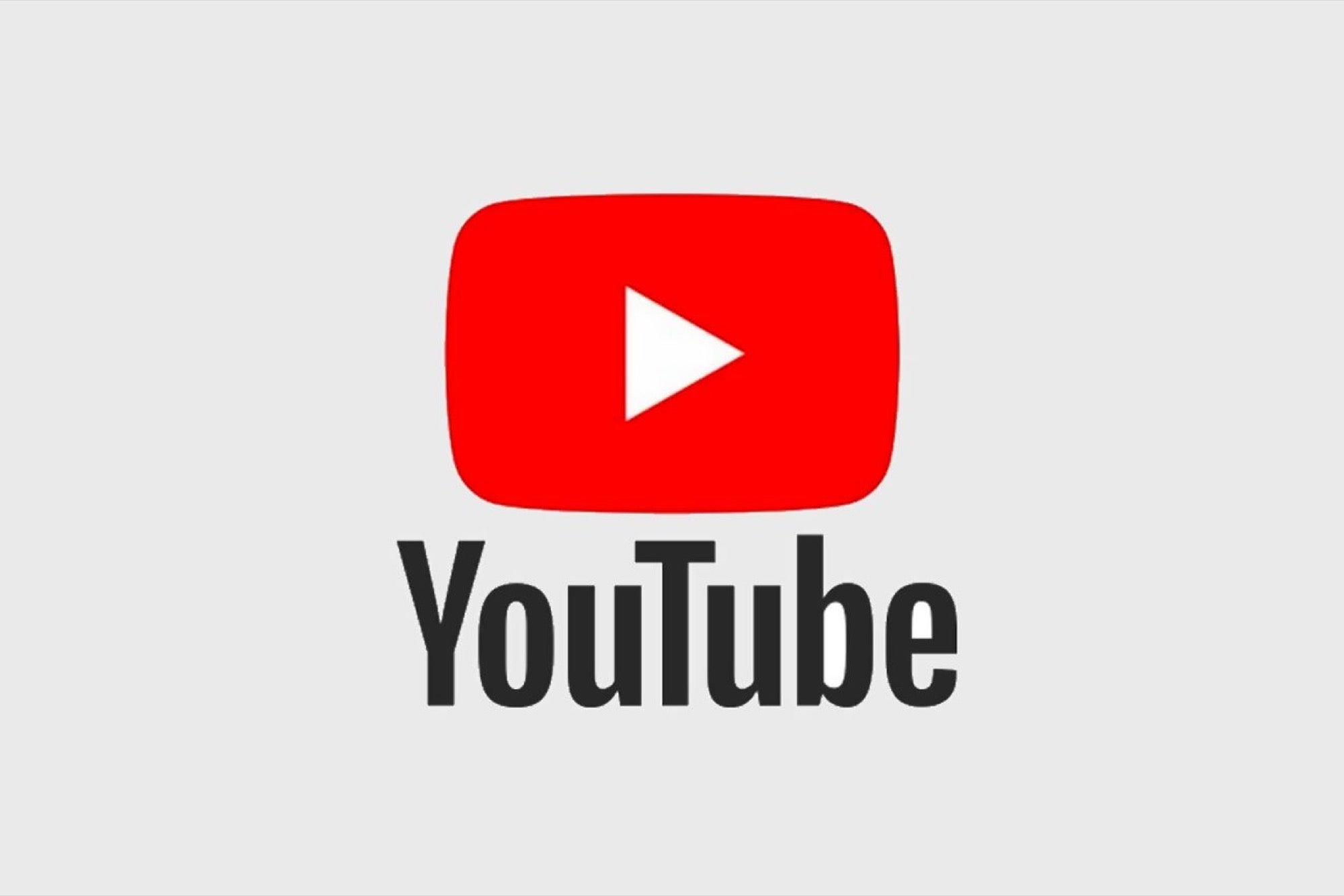Making Money on YouTube Just Got Much Harder Every channel now requires at least 1,000 subscribers and 4,000 hours of watchtime per year.
This story originally appeared on PCMag

There are many reasons people upload video content to YouTube, but increasingly one of them is the hope of making money through YouTube's Partner Program. Creators can earn money through the adverts served alongside to their videos. The returns may be tiny, but as a channel gets more popular the revenue can steadily increase. However, YouTube is changing the eligibility rules today, and it makes monetization much more difficult.
Until now, joining the Partner Program simply required a channel achieve 10,000 public views. YouTube explains in a blog post that the rules are changing "so we can prevent bad actors from harming the inspiring and original creators." By strengthening the requirements for monetization, YouTube believes "spammers, impersonators, and other bad actors can't hurt our ecosystem or take advantage of you."
From today, new channels will require 4,000 hours of watchtime within a 12-month period and at least 1,000 subscribers. YouTube believes this is the right barrier to entry to ensure creators who contribute positively benefit from access to monetization.
Existing channels are not immune, but YouTube is offering them a 30-day grace period. The same rules will therefore be applied on Feb. 20, and any channel that currently enjoys monetization but doesn't meet the requirements will have it removed. YouTube knows this will impact a lot of existing channels, but points out most of them currently don't make more than $100 a year, 90 percent of them don't even make $2.50 a month.
While it may now be harder to start making money on YouTube, the amount being made is increasing. Apparently during 2017 the number of channels making over six figures increased by over 40 percent compared to 2016.
This is the latest in a number of moves by YouTube to implement more control over the type of content being posted. Advertisers were leaving the platform following several incidents of exploitative content appearing.









